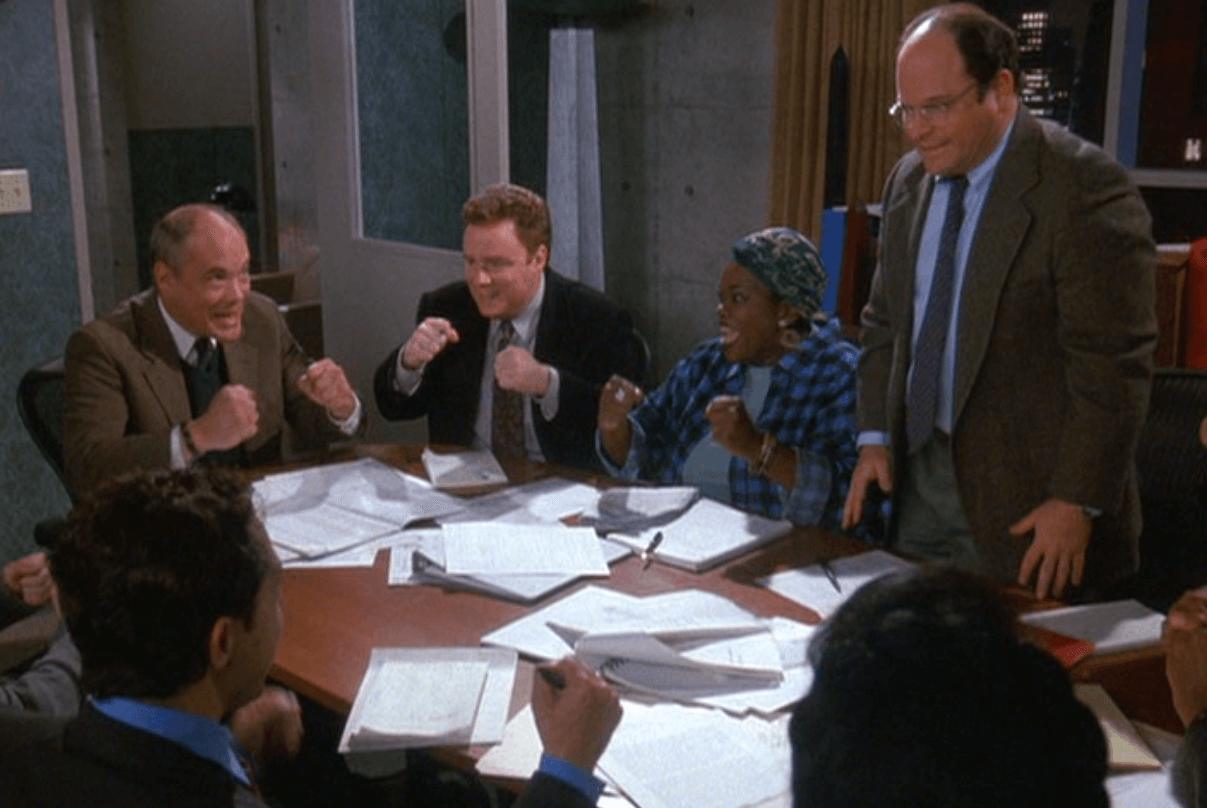In the McKinsey Quarterly article “The CEO Guide to Customer Experience”, McKinsey states “companies that create exceptional customer experiences can set themselves apart from their competitors”. The authors of the article go on to suggest that companies apply behavioral psychology to customer interactions to accomplish this goal. “For example, savvy companies can design the sequence of interactions with customers to end on a positive note…One pilot study at a consumer-services firm found that more improvements in net-promoter scores accrued from “soft” behavioral-psychology initiatives rather than from “hard” improvements in operations.”
So what does this mean to service providers? In brokerage, I think it is relatively easy to end our interactions with our clients on a high note because deals typically conclude with the client staying in space they like or moving to the new space they desire; overall, a positive outcome. However, we can ensure this happy ending by carefully reviewing the lease and work letter (if applicable) so that our clients’ expectations are well articulated in the document. We can also help generate a positive outcome by staying involved after lease signing to ensure that the build-out process, if any, goes smoothly. Even after move in, our clients know that we are their partners and will help them resolve any problems we are able to for the life of the lease.
In law, it’s harder to end on a positive note. In transactional work, if a deal progresses smoothly, a lawyer has “met expectations”. If the deal is a home run, typically the business people get the credit. If it falls apart, you can be sure someone is going to be looking for a lawyer to blame. Similarly, in litigation, a client is either suing or being sued. Even if they are the prevailing party in the end, usually they are still frustrated because they had to go through litigation in the first place and it cost them a lot of money. So a win doesn’t really feel like a win. And, in almost all cases, the law firm’s bill is the last interaction the firm has with a client until another matter arises.
So how can a law firm redesign the sequence of interactions to end on a high note? If not already doing so, law firms could schedule client meetings after the conclusion of a matter to debrief on the project or litigation and brainstorm process improvements for the next deal or lessons learned to avoid similar litigation in the future. The attorney involved could draft new contract language for the client’s form file based on the concluded transaction or write a training plan for employees to avoid similar litigation in the future. This might help the client feel like with its attorney’s help, they learned something from one interaction that will improve the next one.
How can you redesign your client interactions to end on a high note?


[…] [ii] Another great strategy to set yourself apart is to make sure you end client interactions on a high note. A whole article about this appears here. […]